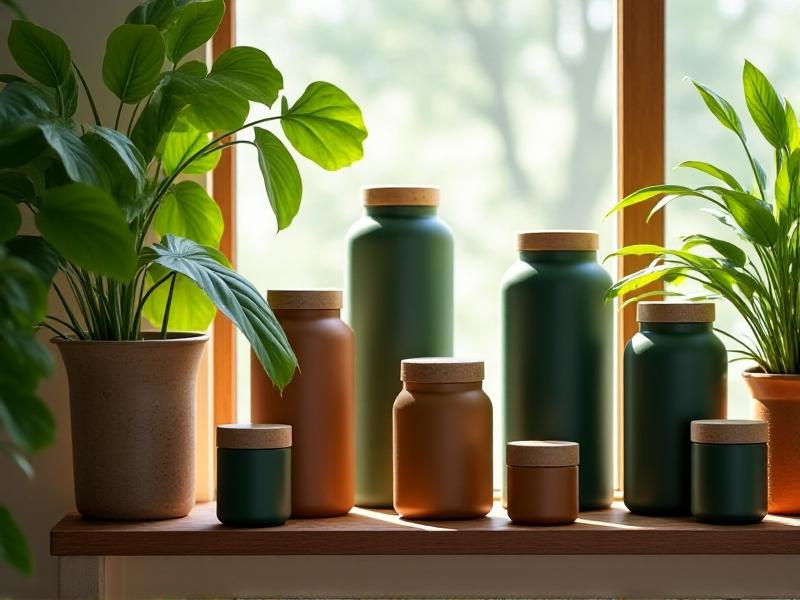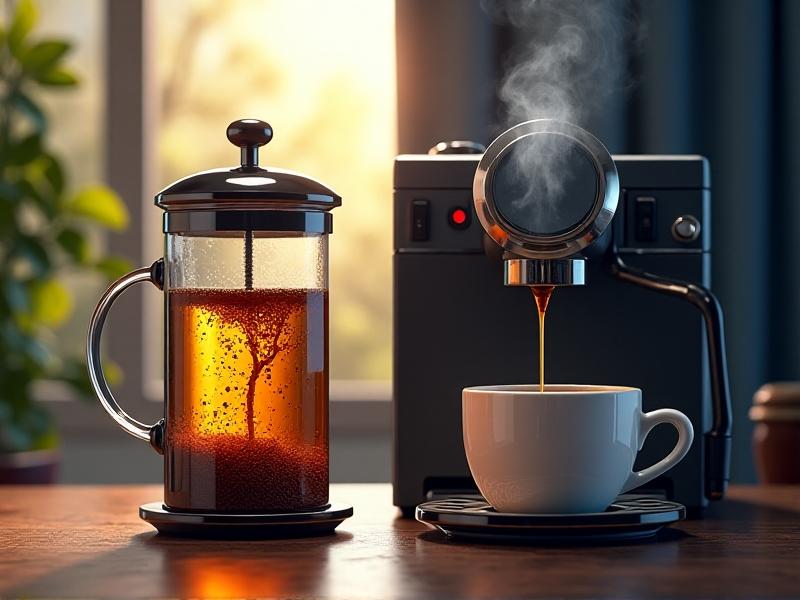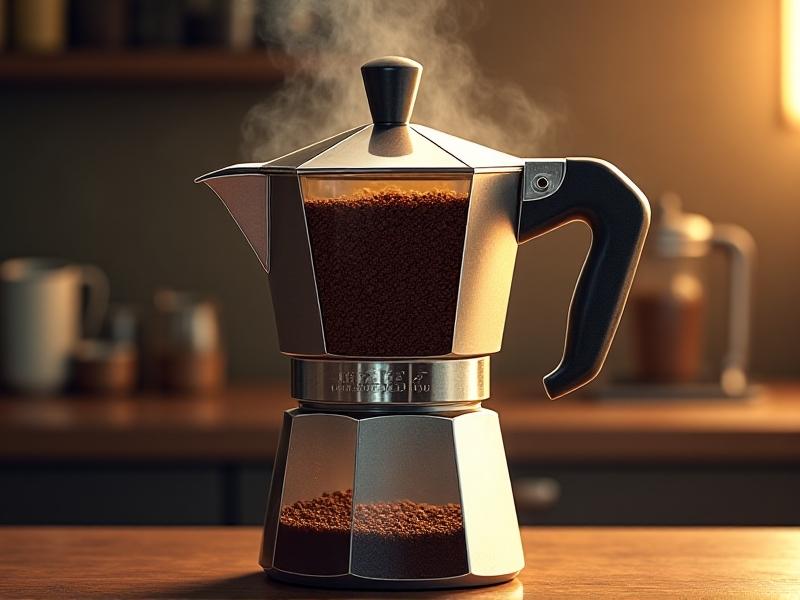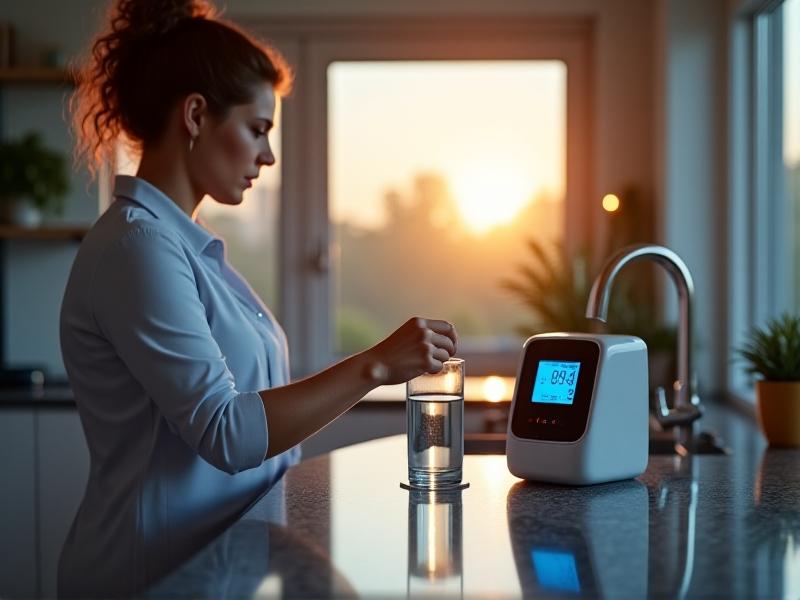Vacuum Canister CO2 Retention Ratings
Understanding CO2 Retention in Vacuum Canisters
Carbon dioxide (CO2) retention is a critical metric for vacuum canisters, particularly in industries like food preservation, pharmaceuticals, and laboratory research. At its core, CO2 retention measures how effectively a canister maintains an airtight seal to prevent gas leakage. High retention rates ensure longer shelf life for perishables and consistent experimental conditions in scientific settings. Modern vacuum canisters are engineered with advanced polymers and precision valves, but their performance hinges on design, material quality, and environmental factors. Understanding these elements is the first step to appreciating why CO2 retention ratings matter.
Why CO2 Retention Matters for Industry and Consumers
From extending the freshness of coffee beans to preserving sensitive medical samples, CO2 retention impacts both everyday life and specialized workflows. In food storage, even minor leaks can accelerate oxidation, leading to flavor loss or spoilage. For pharmaceutical companies, compromised canisters risk contaminating drugs or altering their chemical stability. Consumers increasingly seek products with verified retention ratings to reduce waste and costs, while industries rely on them for compliance with safety standards. The push toward sustainability further amplifies the need for reliable vacuum solutions that minimize resource consumption through superior gas retention.
Key Factors Influencing CO2 Retention Ratings
Several variables determine a vacuum canister's ability to retain CO2. Material durability is paramount—thick, nonporous polymers like polycarbonate resist microfractures that cause leaks. Seal integrity, often dependent on rubber gaskets or silicone O-rings, must withstand temperature fluctuations without degrading. Valve mechanisms also play a role; double-sealed valves outperform single-latch designs. Environmental stressors, such as repeated pressurization or exposure to UV light, can gradually erode performance. Manufacturers use accelerated aging tests to simulate long-term use, ensuring their products meet advertised retention benchmarks even under duress.
Testing Methods and Certification Standards
To assign CO2 retention ratings, laboratories employ rigorous testing protocols. One common method involves filling canisters with a calibrated CO2 mix and monitoring pressure changes over weeks using laser-based sensors. Others use tracer gases like helium, detected at minute concentrations, to identify leaks. Independent certifications, such as ISO 22000 or ASTM International standards, provide credibility by verifying test results. However, inconsistencies in testing conditions—like humidity or altitude—can skew outcomes. Reputable brands publish third-party certification details, allowing consumers to compare products objectively.
Innovations in Vacuum Canister Technology
Recent advancements aim to push CO2 retention to new heights. Nano-coatings, for instance, create hydrophobic surfaces that repel moisture and reduce corrosion. Smart canisters embedded with IoT sensors provide real-time leakage alerts via smartphone apps, appealing to tech-savvy users. Meanwhile, biodegradable materials are emerging as eco-friendly alternatives, though their retention capabilities remain under study. Companies are also experimenting with modular designs, allowing users to replace individual components like valves or gaskets instead of discarding entire canisters—a win for sustainability and cost-efficiency.
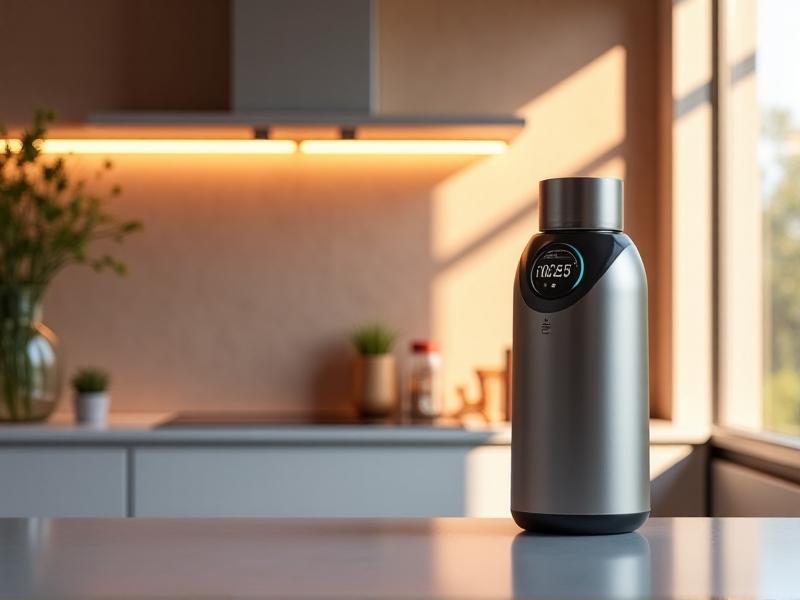
Choosing the Right Vacuum Canister for Your Needs
Selecting a vacuum canister requires balancing CO2 retention ratings with specific use cases. For household kitchens, a canister with a 90% retention rating over 30 days might suffice. Laboratories, however, may demand 99% retention for sensitive experiments. Always check certification details and warranty terms—longer warranties often reflect manufacturer confidence. User reviews can reveal real-world performance quirks, like difficulty cleaning valves or lids warping under heat. Budget-conscious buyers should prioritize critical features over unnecessary add-ons, ensuring they pay for performance rather than aesthetics.
The Future of CO2 Retention and Sustainability
As climate concerns grow, vacuum canister design is evolving to reduce its carbon footprint. Researchers are exploring carbon-negative materials, such as bioplastics derived from algae, which sequester CO2 during production. Governments are also stepping in; the EU’s Circular Economy Action Plan incentivizes reusable packaging with tax breaks. For consumers, this shift means access to greener products without sacrificing performance. Innovations in recycling programs, where old canisters are repurposed into raw materials, further close the sustainability loop. The intersection of technology and ecology promises a future where vacuum storage is both ultra-efficient and environmentally responsible.
